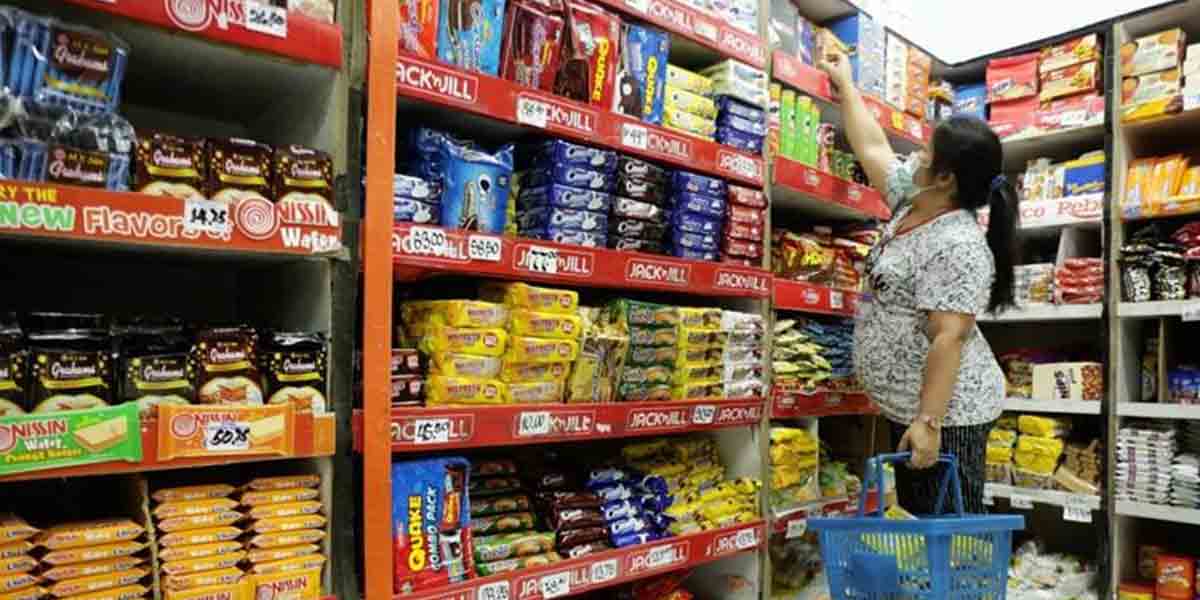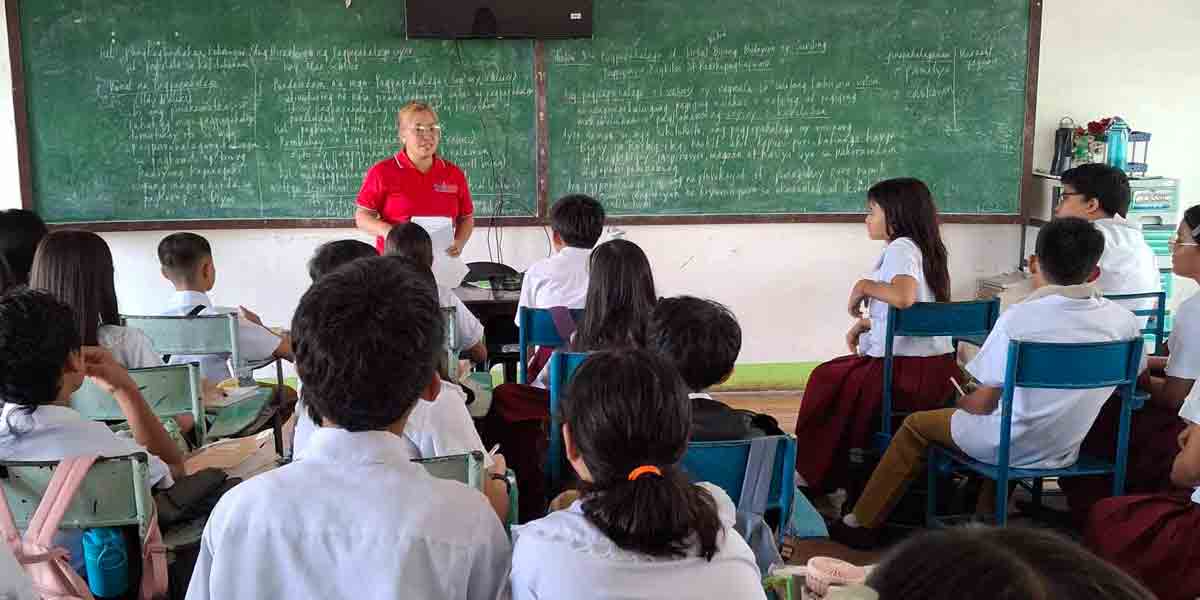
The toxics watchdog group EcoWaste Coalition urged manufacturers, importers, distributors and sellers of plastic toys to abide by the government’s regulation restricting a group of endocrine disrupting chemicals (EDCs) called phthalates.
To mark the 11th anniversary of a landmark directive issued on December 14, 2011 by the Department of Health (DOH) regulating phthalates in toys, the EcoWaste Coalition renewed its call for strict industry compliance to DOH Administrative Order 2009-0005-A.
To recall, DOH A.O. 2009-0005-A made it “unlawful for any person to manufacture for sale, offer for sale, distribute in commerce, or import into the country any children’s toy that contains concentrations of more than 0.1 percent of di-(2-ethylhexyl) phthalate, dibutyl phthalate (DBP) or benzyl butyl phthalate (BBP).”
The said regulation further outlawed diisononyl phthalate (DINP), diisodecyl phthalate (DIDP) and di-n-octyl phthalate (DnOP) in concentrations exceeding 0.1 percent in toys that can be placed in a child’s mouth.
“Despite the 11-year old rule restricting phthalates in toys, we still find some soft plastic toys with high phthalate content in blatant violation of the law,” stated Aileen Lucero, National Coordinator, EcoWaste Coalition. “Toy manufacturers, importers, distributors and sellers must see to it that toys are fully compliant to quality and safety standards, free of hazardous substances such as EDCs, and duly labeled to reduce health risks and uphold children’s right to health.”
To demonstrate the prevalence of phthalate-containing children’s products in the market, Lucero cited the laboratory test results of toys and baby care articles that the EcoWaste Coalition bought from various shops and submitted to SGS, a global testing company, for analysis.
Out of the 12 analyzed products, three toys and four baby care articles were found to contain one or more phthalates of concern, including:
- A plastic doll with 17.1 percent DEHP and 0.051 percent DBP.
- A pair of toy boxing gloves with 15.5 percent DHP, 0.879 percent DINP and 0.188 percent DBP.
- A mini plastic basketball with 0.0853 percent DBP.
- A reusable panty for babies with plastic lining with 14.3 percent DEHP.
- A baby diaper changing mat with 8.62 percent DINP and 0.325 percent DEHP.
- A baby bib with 8.67 percent DEHP.
- A baby inflatable chair with 23 percent DINP.
As explained by Dr. Geminn Louis Apostol, environmental health specialist at the Ateneo School of Medicine and Public Health,
“exposure to phthalates and other EDCs even in tiny amounts can disrupt the essential functions of the endocrine system and lead to hormonal imbalances, which may result in reduced intellectual capacity, reproductive disorders, weakened immune system, and other behavioral and health issues,”
Studies in animals and humans have linked phthalate exposure to a wide range of health problems, including asthma and allergic illnesses, cardiovascular diseases, cancers, neurodevelopmental disorders such as attention deficits, learning difficulties and intellectual disability, and reproductive health disorders such as genital abnormalities and undescended testicles for baby boys and reduced sperm counts and testosterone levels in adult males.
Recognizing the need to protect babies and children against phthalate exposure, the EcoWaste Coalition reminded consumers to heed the following safety tips when purchasing toys this Christmas season:
— Steer clear of products made of PVC, vinyl or plastic marked #3.
— Refrain from buying soft and squeaky plastic toys unless certified phthalate-free.
— Avoid plastic products with a strong chemical smell.
— Purchase authorized and labeled products from licensed distributors, wholesalers and retailers.
— Look for a reliable phthalate-free mark on the product label.























